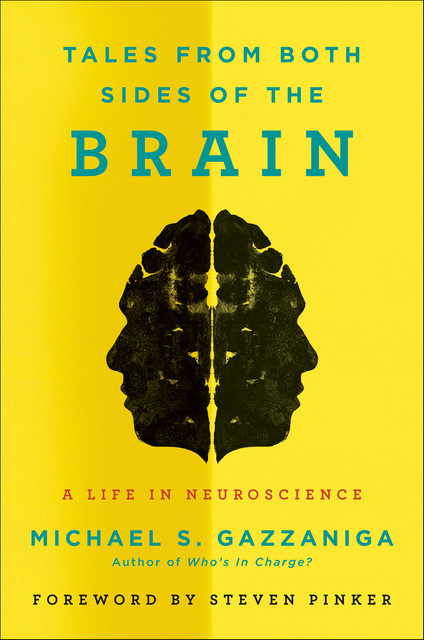Dit boek is momenteel niet beschikbaar
554 afgedrukte pagina’s
- Oorspronkelijke uitgave
- 2015
- Jaar van uitgave
- 2015
- Uitgeverijen
- HarperCollins, Ecco
Citaten
- uiu cavalheirociteerde uit3 jaar geledenFor example, take my truck. “Truck” is a new layer of description for the vehicle with open space to haul stuff and which is made up of a six-cylinder engine, radiator and cooling systems, chassis, and so forth. Now that I have a new description, every time I think about or refer to my truck, I don’t have to refer to all the parts and assemble them in my mind. I don’t have to think of them at all (until something goes wrong with one of them). We can’t deal with all the underlying complexities present in understanding the mechanisms of things every time we refer to them. It’s too much for our mental processes to handle. So we chunk it—give the mechanism a name, “truck,” thereby reducing its load on us from thousands or millions of items to one.
- Ramon Verduzco-olivaciteerde uit5 jaar geledenOnce we have an abstracted view of a previously highly detailed topic, then new ways of thinking about the topic—about how something works—become exhilaratingly clear
- Ramon Verduzco-olivaciteerde uit5 jaar geledenAlvarez remarked that scientists do their thing not because they are curious but because they instinctively feel something doesn’t work the way they are told it does
fb2epub
Sleep je bestanden hiernaartoe
(maximaal 5 per keer)


